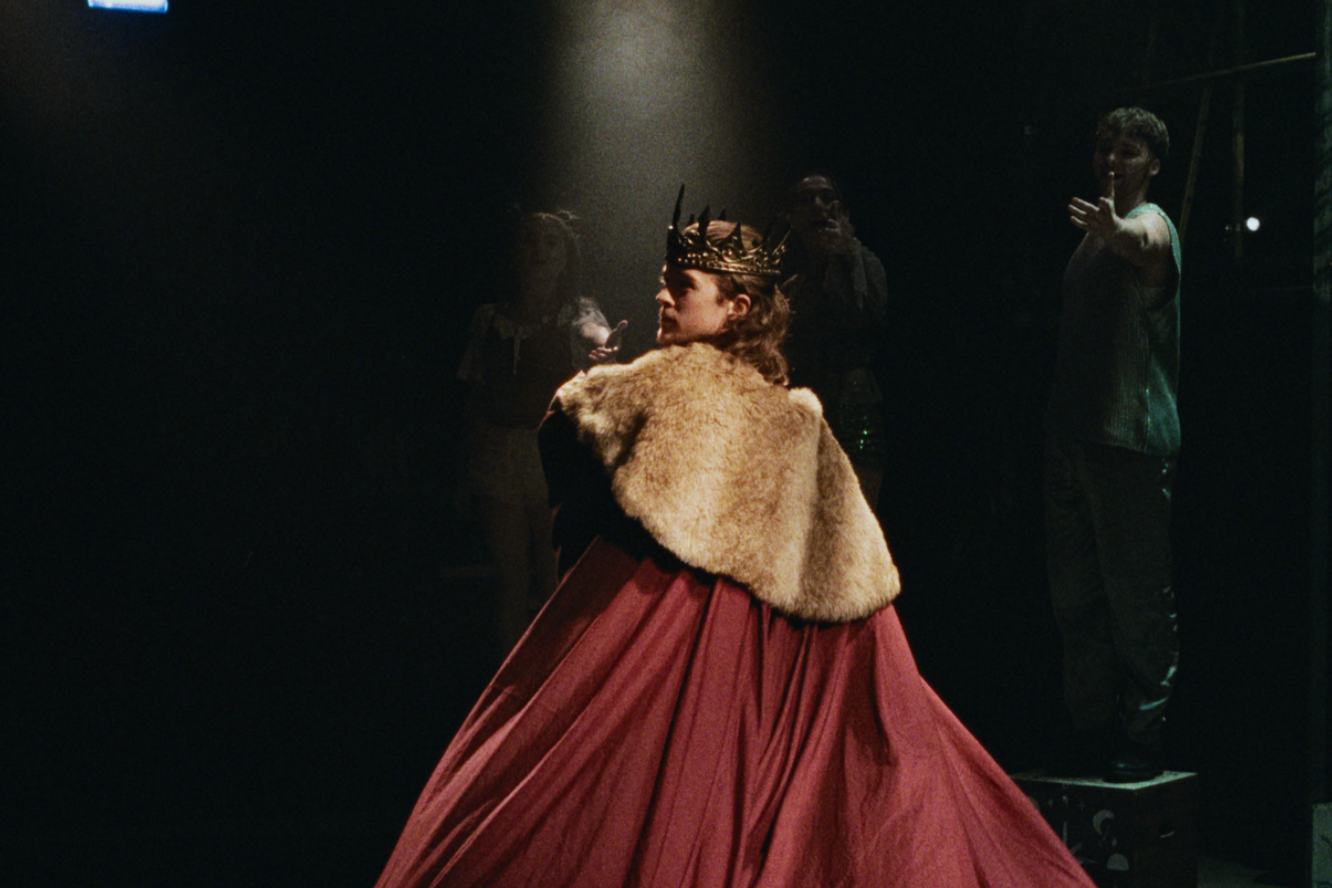Manhunt, Royal Court Theatre Review
Samuel Edward-Cook in Manhunt. Photo by Tristram Kenton
Written by Sarah for Theatre & Tonic
Disclaimer: Gifted tickets in exchange for an honest review
On July 1st, 2010, Raoul Moat was released from Durham Prison. Two days later, he shot his ex-partner, killed her boyfriend and left a policeman permanently blind after shooting him in the face. Moat then went on the run for a week before shooting himself following a police standoff. This timely production enters the cultural discourse about ‘toxic masculinity’, the incel movement and the hit Netflix series Adolescence. Written and directed by Robert Icke, it may seem like a departure from his award-winning productions of Greek tragedies like Oedipus and The Oresteia, but the elements of tragedy in Manhunt are abundant.
The play is a dramatisation of parts of Moats's life and the events preceding the killings, told uniquely from his point of view. Through a series of interactions with criminal justice professionals and flashbacks, we learn of his childhood abuse, experiences of being persecuted by the police, his love for his girlfriend, devotion to his children and difficulties in controlling his anger. This is quickly demonstrated when Moat suddenly grabs his girlfriend by the neck and throws her across the room into a table that falls on top of her. The violence is shocking, and seeking to understand it is not seeking to excuse it.
Samuel Edward-Cooke as Moat is a titan, a muscle-bound time bomb, he paces like a caged animal. When he addresses the audience, there are times when it feels a little too close for comfort. Particularly when he is wielding a loaded rifle. We also hear about his past, feelings, and frustrations, and see him melt in the presence of his children. The rest of the cast gives solid performances all round, each playing multiple characters that drift in and out of scenes and Moat's life. The stark, steely design by Hildegard Bechtler, is prison-like. Video screens are used sparingly, to project CCTV images, and display social media posts and text messages, making it feel all very immediate.
The play highlights the systemic failings in the criminal justice system and a society where men are conditioned to short-circuit their emotional responses and violence is the only effective communication. Moat is described as “6ft 3 and 17 stone”, fuelled by steroids and rage, whose encounters are marked by expectations of how someone who cuts such an imposing presence will behave. Perhaps, as Helen of Troy says in The Oresteia, “You make me what I am by your hatred of me”. The danger and threat of violence are palpable. However, within the first few lines, we are confronted with the dialectics as Moat addresses the audience, “I feel tired, anxious, isolated, helpless, angry”. Particularly disturbing is hearing how he had repeatedly asked for psychological intervention in the past. As the story progresses, Moat descends into an increasingly heightened emotional and psychotic state as reality becomes distorted and he switches between rage, hysteria and dissociation.
Ikes production is troubling on many levels. If society stops viewing people who commit horrific crimes as one-dimensional and stops labelling them as pure evil, then we have to invest time and money in understanding the depth and breadth of the problem. Manhunt is infused with pain, not least in the story of the policeman who was left permanently blind after being shot by Moat and takes his own life 2 years later. The monologue takes place in a full blackout as the victim describes, in heartbreaking detail, the perpetual darkness he lives in following the attack and being tortured by the final image of the gunman. Whilst this is one extraordinary story, as Moat says at the end of the play, we only know about it because of the violence, and as the Policeman says, Moat’s is the only name we remember.
There is some light relief during the final standoff with police as we are reminded that the truth is indeed stranger than fiction, with the appearance of Paul Gascoigne, who offers to negotiate with Moat. Perhaps the most bizarre, unbelievable, yet true part of the story. The tragedy is that our prisons and cemeteries are full of people who are labelled, written off, and ignored. The names we don’t know. Manhunt sounds sirens, for people that have nothing to lose; we need to pay attention now.
At Royal Court Theatre until 03 May 2025
★★★★




